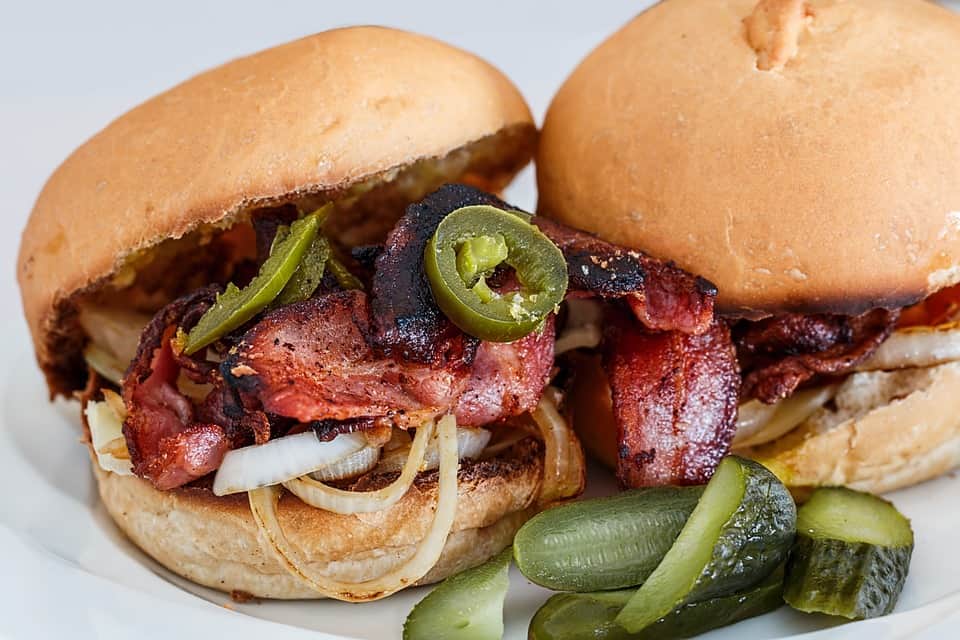It is common to speak of obsession when we speak of writing fiction. Obsession is a large part of being human, and therefore a large part of writing about being human. As writers, we are taught to write toward our own obsessions, using them as catalysts and fuel for our stories. But I have recently been considering how to use obsession—whether it’s a character’s obsession or the writer’s—on a smaller level: not only using it to help us to know what to write about, but also how to write. I have come to see that the circular, specific nature of our individual minds—our consistent preoccupations and infatuations—can help us to rejuvenate our sentences, choose our words, and bring the language of our stories to life.
A student of mine recently turned in a short story in which the central character was studying abroad in Italy. It was explained that the character was depressed, and that she was having trouble with her studies, and that she had a fraught relationship with her mother and father. And yet after I read the story, I remembered none of those things. What I remembered was the way the author described eating an American hamburger at an all night diner in Rome. The way the burger was described showed us everything about how the woman felt: starved, alone, satisfied, messy, foreign, falling apart. I thought: there’s the story, right there. An American Burger in Roma.
When I re-read the story for a second time, I realized that the same thing that happened happened in all the scenes that involved food: the prose lit up. There were fabulous descriptions of pasta Bolognese, soft, cloudy cheese, quick sandwiches on long baguettes. Memories of scarfing her mother’s homemade lasagna in their dimly lit kitchen as a child. The author clearly had a knack for rendering the culinary world—perhaps even an obsession with it. She was inadvertently using food as a touchstone, a way to narrate her character’s experience, and as such, food and the act of eating it became a central theme of the story.
The problem was that the story wasn’t about food, or at least it wasn’t meant to be. So much else was happening for the character, aside from eating her way through a foreign city. But it wasn’t coming alive; you couldn’t feel it. In sections where the narrator described her own emotional state, a fight with her mother, or her frustrations in the classroom, the prose was significantly less vibrant. It was almost as if she was slogging through the potentially more interesting parts of the story to get to the part where she described a scrape of gelato in special, beautiful detail. I wanted to push her to light up the whole story, to turn up the language just a notch. I suggested an exercise: try describing everything as if it were food.
Though it might sound absurd, I did mean this quite literally. I meant for her to take every single sentence in the story and cook it, dice it, season it, toss it—until it smelled or tasted or looked like food.
From this new (inevitably over-baked) culinary mess, she could select the sentences that were ripe and use them in her original story. This would inevitably lift the rest of the piece into the same realm as the sections about food; the entire world would be rendered through the same lens, through the same character’s mind, with that same appetite.
(Wouldn’t that be a lot of extra work just to get a few sentences? Yes. Wouldn’t that be a waste of time? No. It is exactly this sort of practice that will deliver the best work. There will be more to choose from, and you will not become as attached to your existing sentences, knowing there are others you can easily replace them with.)
The next time the language in a certain piece is suffering, if it feels bland or overworked or simply tired, try this exercise. Define your character’s obsession. (Note: your character’s obsession may very well be one of your own obsessions, which is why you were drawn to write about that character in the first place. All the better. You can mine the reaches of your own obsession to bring forth the language you will need to get to the core of it.) Take that obsession and dig up all the language that surrounds it or eludes to it. Re-write your story using as much of that language as possible. In the end, you may very well have over done it. But this is the beauty about writing—unlike cooking. You can go back in and take out what doesn’t taste good, no matter how many new flavors you’ve added in. Your story will benefit from it, and it will be fun.





















